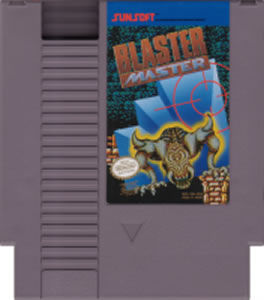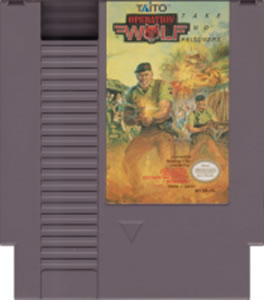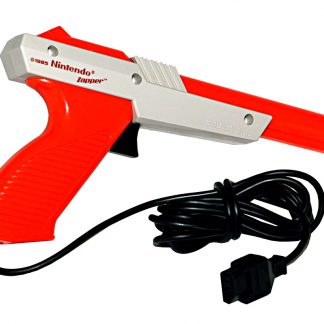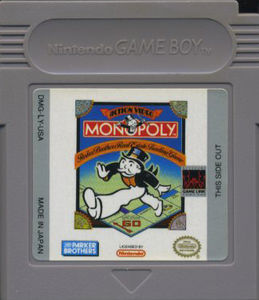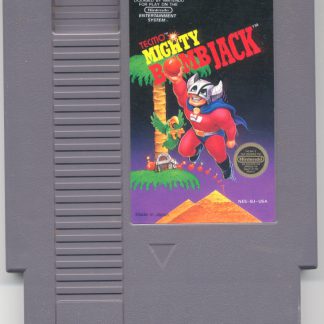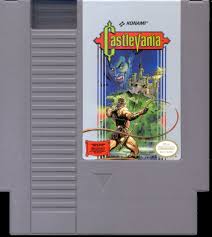For its time the original Actraiser was phenomenal. As a near launch title there wasn’t much to compare it to and the game was so different from everything else that its flaws were easy to overlook. As time passed and better action games were released the side scrolling stages just did not hold up anymore. Actraiser 2 in my opinion was released to fix that but in the process Quintet lost sight of what made the first game so great.
Actraiser 2 was released at the tail end of 1993. The sequel finds the demon Tanzra resurrected by 13 of his followers who represent the 7 sins and severe conditions that afflict mankind. The first thing you’ll notice is that the simulation mode is completely removed. Hell even the box art trumpets that fact. Why Quintet did so will remain a mystery as it was the first game’s most praised feature. In its absence we are left with a good action game that could have been so much more were it not for the cumbersome controls.
The only purpose the over world serves now is to move from one region to the next and complete the levels within. Clicking on a town will give some back story about the people and the troubles they face and with the exception of completing the levels near them that is the extent of your interaction with them. Once a demon is defeated sometimes a region might change a little but that’s it. You can completely ignore each town and will miss absolutely nothing. Right then and there it would be easy to dismiss the game. The city building portions of the original were the best parts of the game and the fact that they didn’t use this as an opportunity to expand on what they established is absurd. This leaves the action portions to carry the game. Does it succeed?
In the first game your tools were limited to just an ordinary attack and a limited supply of magic. This sequel expands on that in numerous ways. The first is that you now have wings. With these you can glide and perform a variety of flying attacks that are more powerful than a standard slash. You can also attack in almost any direction now. Additionally you have a shield that can block most projectiles from the front or above. Finally rather than selecting a spell before hand you have all of them from the start; the situation in which you use it determines the spell. By and large you now aren’t forced into situations where you absolutely have to take damage to proceed because of bad game design. All of these tools are needed as the game is viciously hard and not always in a good way.
The levels themselves have been designed so that you can use your wings to glide around from platform to platform. These sections are a sight to behold and I’m not ashamed to admit I had a blast taking screenshots in certain areas because of this. Each level is about the same length as the original with some comprising multiple segments.
I guarantee you’ll be looking for any excuse to do this on every level.
The problems stem from a few factors. There are far too many bottomless pits or instant death spikes in every level, no doubt put there to hinder you from flying over every obstacle in your path. This wouldn’t ordinarily be an issue but the margin for error for the jumps is absolutely zero. Many times you’ll have to stand at the bare edge of a platform before making a jump or you’ll fail. It ‘s an ongoing problem in the game, one that should have been noticed and fixed.
It also highlights another problem, the cumbersome controls. To glide you jump twice, but when you come to a surface you still glide forward a little before your wings bring you to a stop. This is infuriating at times when you need to make precision jumps over large gaps. A third button press will cause you to immediately drop. This alleviates some of the headache but even I sometimes forget and do it at the worst possible moment. It can be confusing as to how to activate a particular spell and in the heat of combat you don’t really have a lot of time to experiment. Finally a lot of the enemies take far too many hits and they gang up on you in record time.
Visually the game is utterly phenomenal. From a purely artistic standpoint this is one of the top SNES games. You are taken to a diverse array of locales, from a battlefield between two countries to an underwater city on the back of a giant turtle, each one more breathtaking than the last.
Seriously the game is breathtaking. Literally every level is a visual spectacle.
The animation of the master is also incredible; the animation of his wings in particular is magical in motion. All of the bosses are large and imposing and pose a major challenge. Quintet really flexed their command over the hardware on this game and really showed what 3 years of progress can achieve. The soundtrack holds its own against the graphics. A wide assortment of instruments are used to create the symphonic score of the game and I feel it outdoes the music in the original quite handily. A good portion of the sound effects are lifted from the original; you can make the case that they were aiming for consistency in installments but they could have pushed the envelope like they did the graphics.
I classify the game as a missed opportunity for a number of reasons. If they could have tightened up the controls than as a pure action game it would have stood shoulder to shoulder with the SNES finest. Had they kept the sim elements it would have pushed the game over the edge into classic territory. Still even with these faults the game is outstanding and worth going along for the ride.

![ActRaiser 2 (U) [!]-20110110-210454](http://www.retrogameage.com/retrogameage/wp-content/uploads/2011/01/ActRaiser-2-U-20110110-210454-150x150.png)



![ActRaiser 2 (U) [!]-20110110-215709](http://www.retrogameage.com/retrogameage/wp-content/uploads/2011/01/ActRaiser-2-U-20110110-215709-150x150.png)








